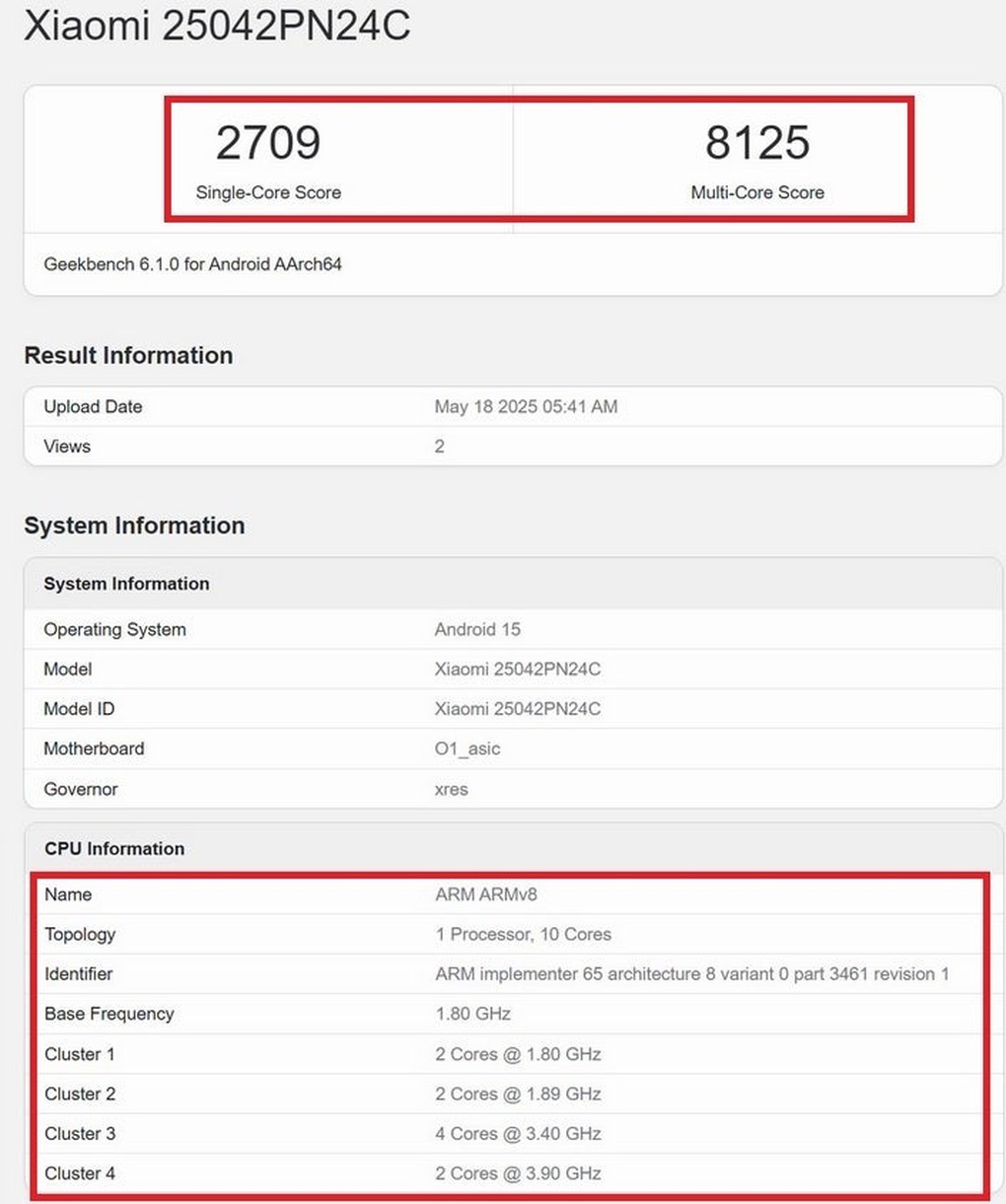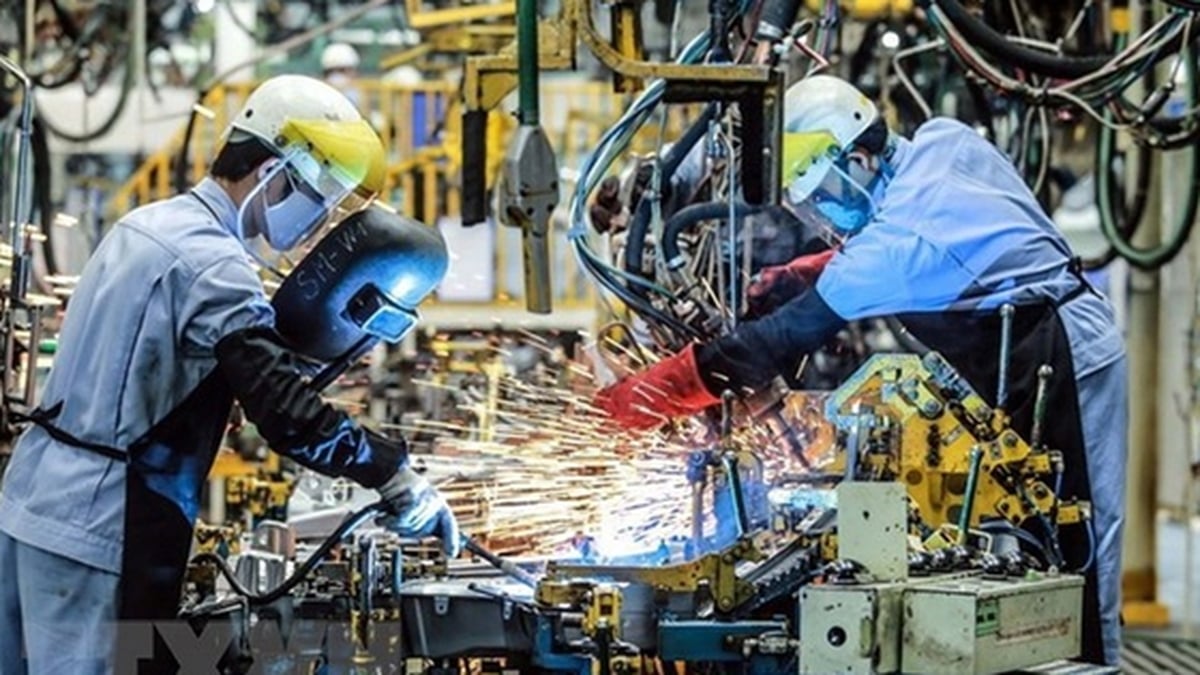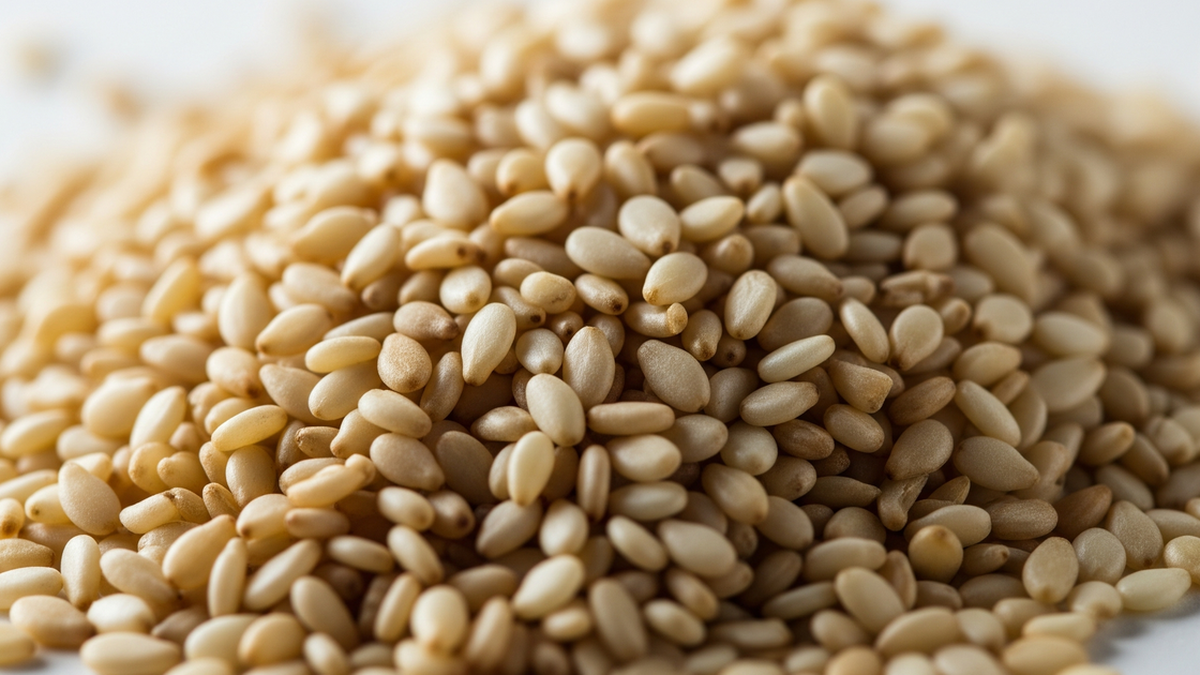Earlier this week, Xiaomi launched its own high-end mobile chip research and development, called XRING O1. This is a move that helps Xiaomi be more proactive and reduce its dependence on external chip manufacturers.
XRING O1 is built on the 2nd generation 3nm process of chip manufacturer TSMC, which will help XRING O1 achieve powerful performance equivalent to the leading high-end mobile chip models on the market today such as Qualcomm's Snapdragon 8 Elite, MediaTek's Dimensity 9400+...
Recently, detailed information about the configuration and performance score of the XRING O1 chip was leaked through the Geekbench database, an application used to score the processing performance of Android devices.

Detailed configuration information and graphics processing scores of the XRING O1 chip appeared on the Geekbench application database (Photo: Geekbench).
Specifically, the XRING O1 chip will be equipped with 10 processing cores, including 2 super-powerful main cores clocked at 3.9GHz, 4 high-performance cores clocked at 3.4GHz, 2 performance cores clocked at 1.9GHz and 2 energy-saving cores clocked at 1.8GHz.
Previously, many leaked information said that the XRING O1 chip would only be equipped with 8 processing cores, including 1 super high-performance processing core, but parameters from Geekbench show that Xiaomi decided to increase the number of processing cores to help increase the performance of its chip.
The XRING O1 chip also comes with a 16-core graphics processor. Information from Geekbench shows that the XRING O1's graphics chip scored 2,709 points in single-core processing and 8,125 points in multi-core processing. This score is about 7% lower than the graphics processor equipped on the Snapdragon 8 Elite, the most powerful mobile chip currently rated.
When using Geekbench to score the graphics processing performance of the Snapdragon 8 Elite chip equipped on the Xiaomi 15 Pro, the scores achieved were 2,919 for single-core processing and 8,699 for multi-core processing.
Although it is only the first high-end mobile chip developed by Xiaomi, the performance score achieved by XRING O1 has impressed the technology world.
More and more smartphone manufacturers are developing their own chips for their high-end phones, similar to what Apple has been doing for a long time. Previously, Samsung, Google and Huawei also developed their own chips and equipped them on their products.
Developing their own chips will help smartphone companies reduce their dependence on external chip suppliers, optimize software and add new features to their products.
Of course, not every phone company has been successful in developing chips and reducing dependence on outside chip suppliers.
Source: https://dantri.com.vn/cong-nghe/lo-cau-hinh-va-diem-hieu-suat-chip-di-dong-cao-cap-moi-ra-mat-cua-xiaomi-20250527122041322.htm



















































![[Maritime News] More than 80% of global container shipping capacity is in the hands of MSC and major shipping alliances](https://vphoto.vietnam.vn/thumb/402x226/vietnam/resource/IMAGE/2025/7/16/6b4d586c984b4cbf8c5680352b9eaeb0)













































Comment (0)